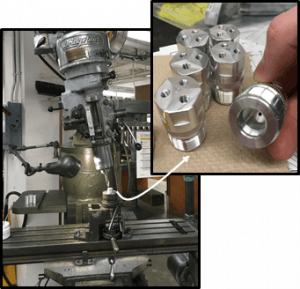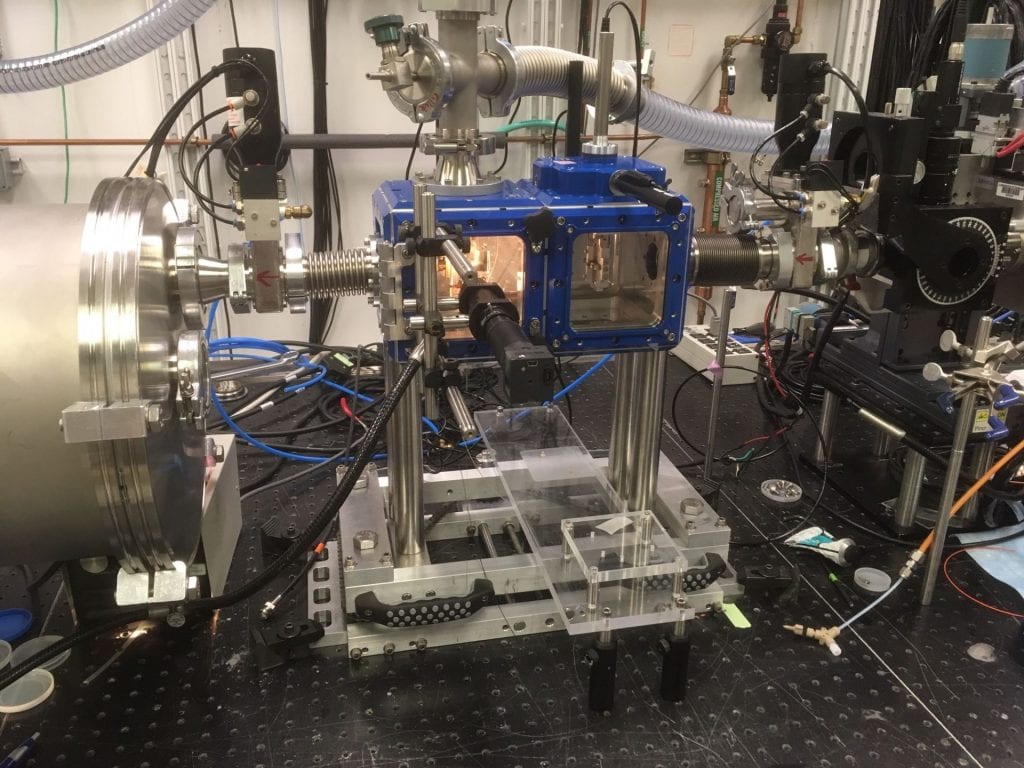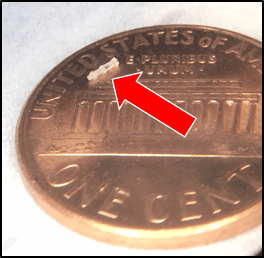Beamline Engineering in the Pollack Lab

The Cornell High Energy Synchrotron Source, CHESS, is one of only five large synchrotron facilities in the US. In an 800 foot diameter ring beneath Cornell’s athletics fields, positrons are accelerated nearly to the speed of light (6 GeV) and manipulated by powerful magnets to produce bright beams of X-rays, ~1011 times brighter than what you might find at a typical dental X-ray. The short wavelength makes X-rays ideally suited for studying nanoscale structural properties of biological molecules, unveiling their functions and dynamics.

In the Pollack Lab, we are engineering innovators who build custom beamline setups from the ground up to enable new science at synchrotron sources. We can take measurements on solutions 150 times more viscous than water, enabling us to studying protein-nucleic acid interactions with our contrast variation method. We can initiate a chemical reaction and track its progress using orders of magnitude less sample than commercial systems. We are constantly developing new methods and technology to push the boundaries of what is possible with these X-ray sources.

In the Pollack Lab, we are engineering innovators who build custom beamline setups from the ground up to enable new science at synchrotron sources. We can take measurements on solutions 150 times more viscous than water, enabling us to studying protein-nucleic acid interactions with our contrast variation method. We can initiate a chemical reaction and track its progress using orders of magnitude less sample than commercial systems. We are constantly developing new methods and technology to push the boundaries of what is possible with these X-ray sources.

Our beamline engineering occurs on both large and small scales. On the macroscopic level, we design, machine, and implement beamline hardware such as single crystal X-ray slits and in-vacuum sample positioning systems. On the microscopic level, we develop microfluidic sample delivery devices capable of initiating a molecular reaction or reducing the amount of precious biological molecules required to achieve good signal.
References
- A. Plumridge, A. M. Katz, G. D. Calvey, et al., Nucleic Acids Research, 46, pp 7354-7365 (2018).
- R. Welty et al., RNA, 24, pp 1828-1838 (2018).
- Y. Chen, J. M. Tokuda, et al., Nucleic Acids Research, 42, pp 8767-8778 (2014).
- J. B. Hopkins, A. M. Katz, et al., J. Appl. Cryst., 48, pp 227-237 (2015).